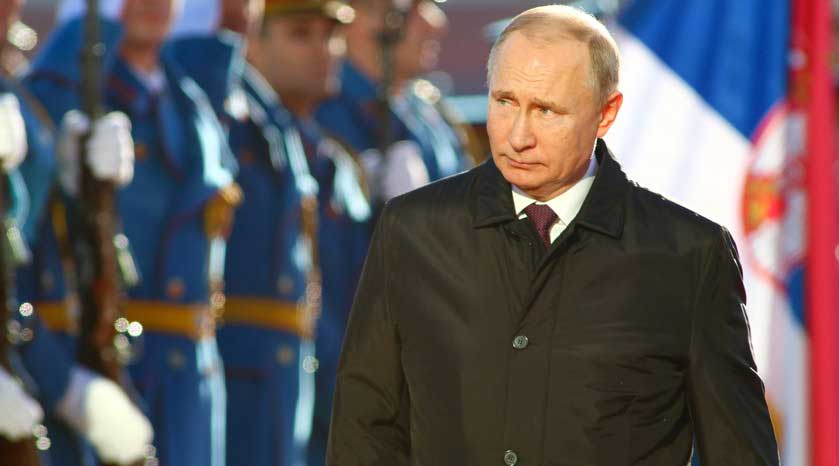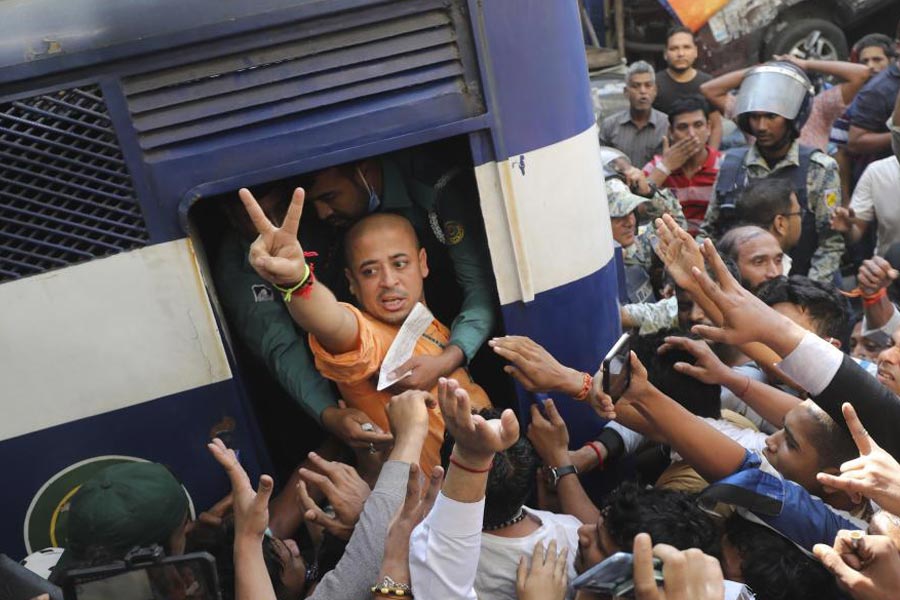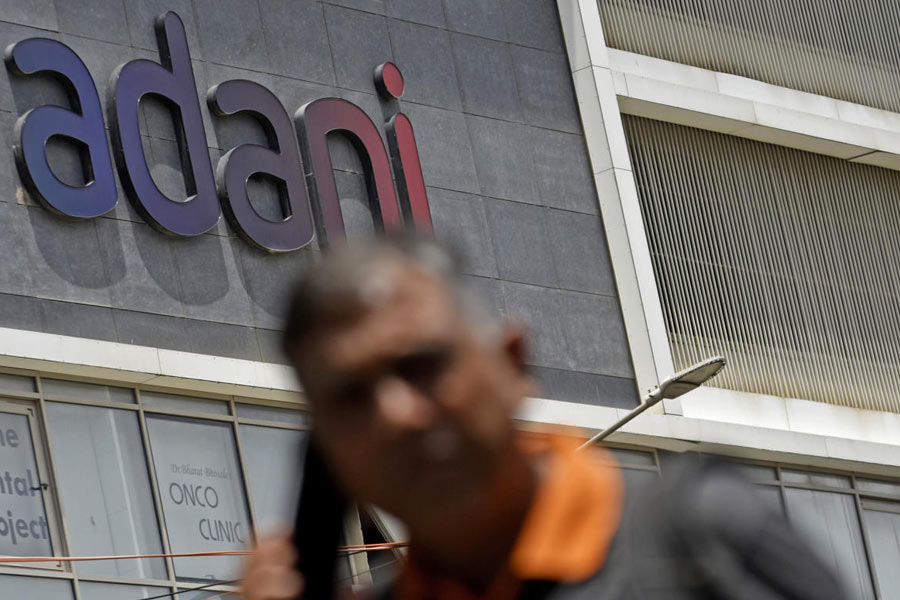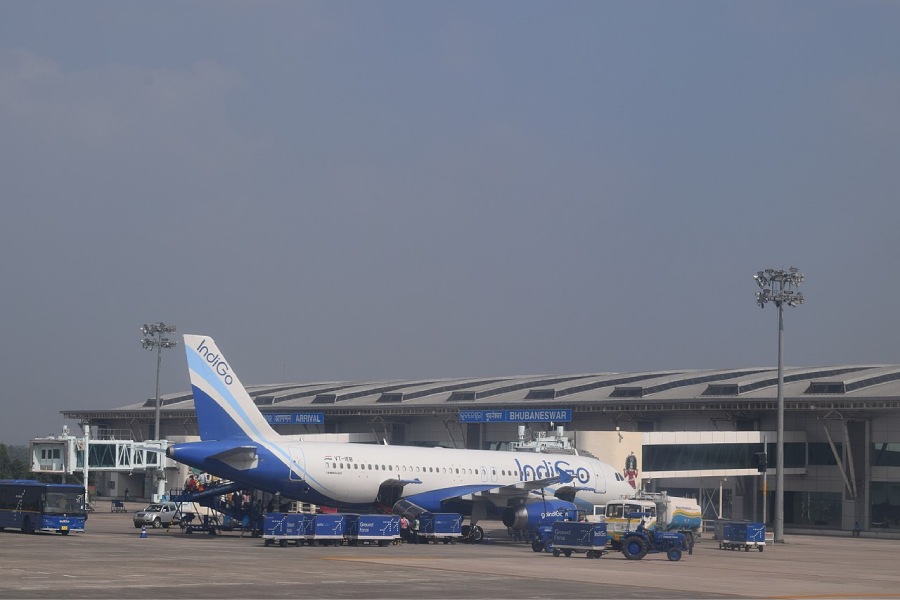President Vladimir V. Putin of Russia presided over the theatrically timed test launches of three ballistic and cruise missiles on Saturday as part of what were described as nuclear deterrence exercises, in a blunt reminder to the West that any conflict over Ukraine could quickly escalate.
The tests came as shelling continued in eastern Ukraine, including the region controlled by Russia-backed separatists. On Saturday morning, separatist leaders issued a call to arms for what they claimed was a pending invasion by Ukrainian forces — a claim that Ukrainian officials scoffed at as Russian propaganda.
A day earlier, separatist leaders had ordered 700,000 women and children to begin evacuating eastern Ukraine for Russian territory, and by Saturday some buses had begun to arrive on the Russian side.
During the missile test, Mr. Putin watched the display from a Kremlin command center, accompanied by President Alexander G. Lukashenko of Belarus, whose government is considering allowing Russia to base some of its nuclear arsenal on its territory.
The test was technologically unremarkable, with videos issued by Moscow showing a fighter jet releasing a cruise missile from the air, a mobile-launch vehicle shooting off an intercontinental ballistic missile, and a hypersonic sea-launched missile.
But the timing was clear, and the test was a show of force by Russia’s military that underscored the stakes in the conflict. Tensions between Moscow and Washington have not been this high since the Cold War, and Russia’s nuclear drills on Saturday appeared intended to deter the West from direct military involvement.
While the weapons demonstrated on Saturday have been shown before, two of the three were designed to evade U.S. missile defenses. The Kremlin said the test was designed to show off Russia’s “triad,” launches from the ground, air, and sea, which mirrors the array of weapons in the American arsenal.
The sea-based weapon, the Zircon, is still in trials but has been advertised by the Russians as a ship-killer that can evade naval defenses and can carry a nuclear warhead. It is scheduled for deployment this year, Russian officials have said, but little is known about it.
The missiles were armed with conventional explosives for the test, and one was shown blowing up an abandoned building at a test range. There was no mention of their potential nuclear capabilities, but there didn’t need to be to make the point
On Friday, President Biden had accused Russia of fabricating a crisis in Ukraine as a pretext for an all-out assault. He said he was “convinced” that Mr. Putin had decided to invade Ukraine in the coming days, citing classified U.S. intelligence and the positioning of large numbers of Russian soldiers along Ukraine’s borders.
He said the attack would target Ukraine’s capital, Kyiv, which he billed as “a city of 2.8 million innocent people.” He called on Mr. Putin to change course before starting a “a catastrophic and needless war of choice.”
Vice President Kamala Harris on Saturday described the situation as a “defining moment” for the West. Speaking at the Munich Security Conference, she warned that if Russia invades Ukraine, the United States and its allies will target not only financial institutions and technology exports to Russia, but also “those who are complicit and those who aid and direct this unprovoked invasion.”
The heightened sense of urgency expressed by Washington was not immediately apparent in Kyiv, despite Mr. Biden’s having explicitly identified the city as a Russian target. The idea of Russian forces storming what is currently a calm and peaceful city was hard for many people there to imagine.
“Russia will do something,” Sofiya Soyedka, a 32-year-old Kyiv resident, said just after Mr. Biden’s dire warning on Friday. But invade Kyiv? “No way,” she said.
New York Times News Service











